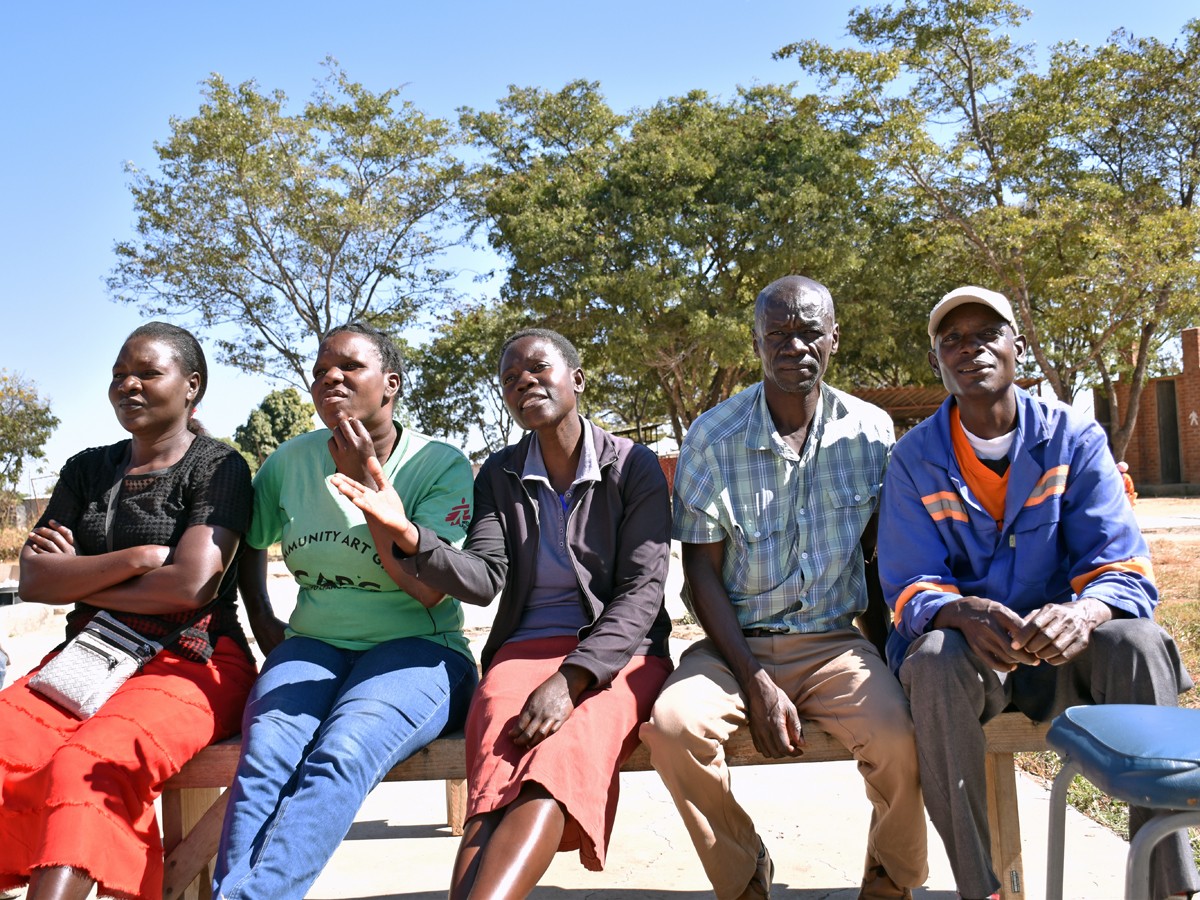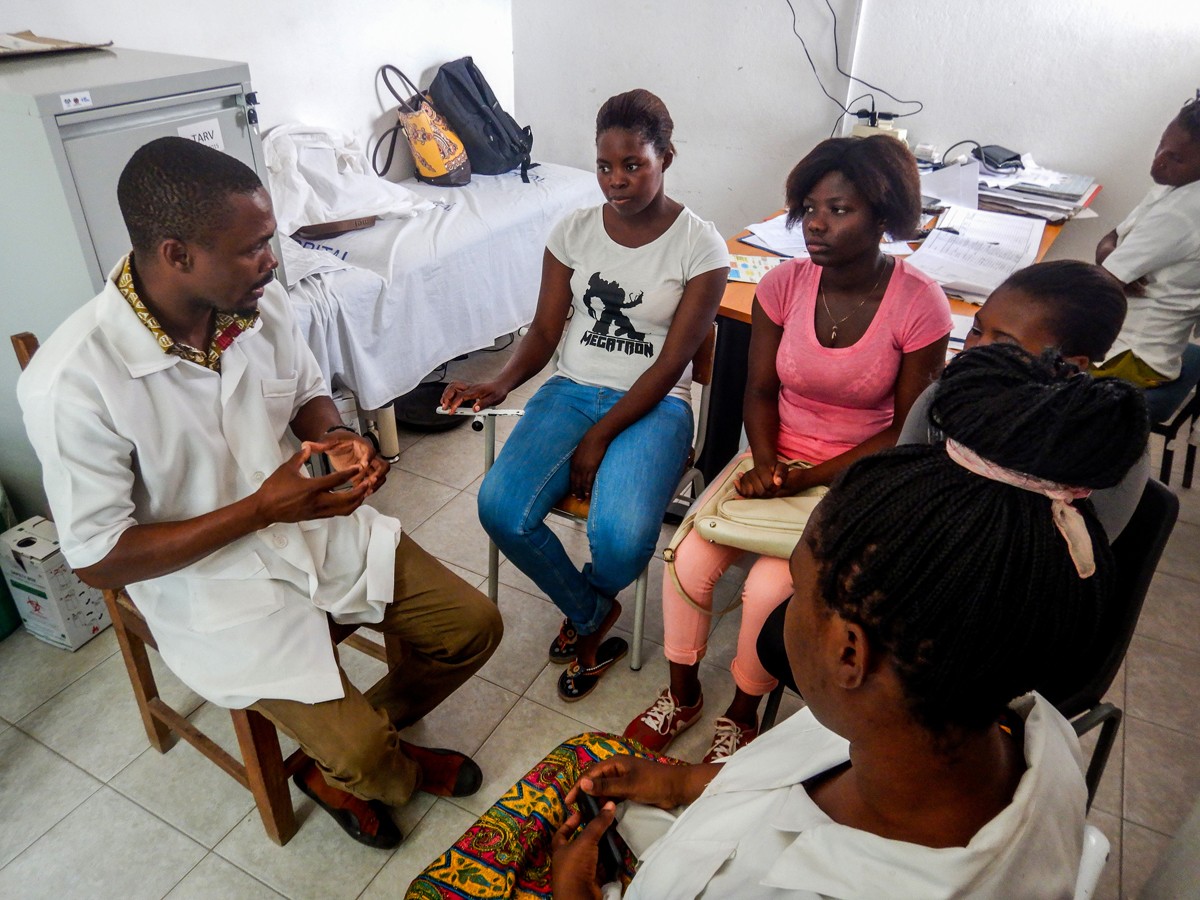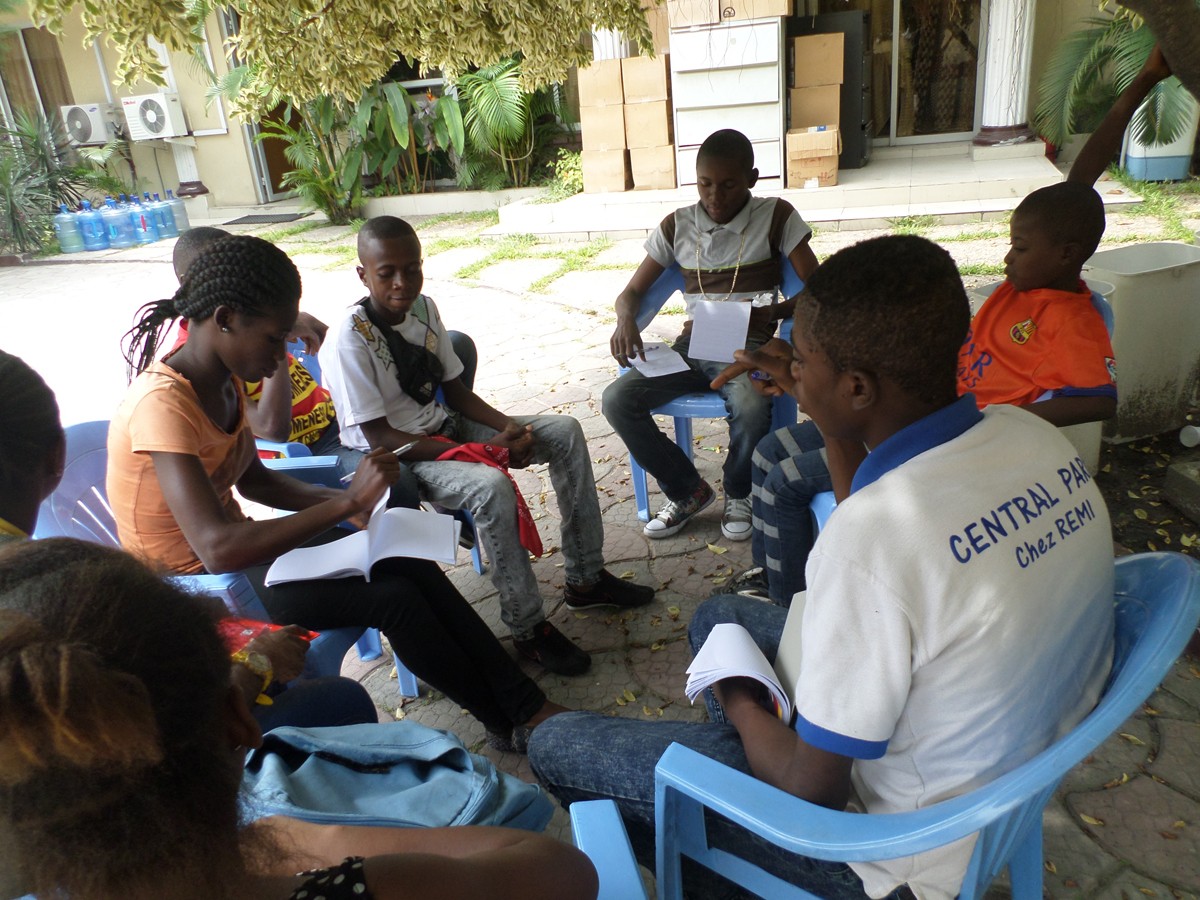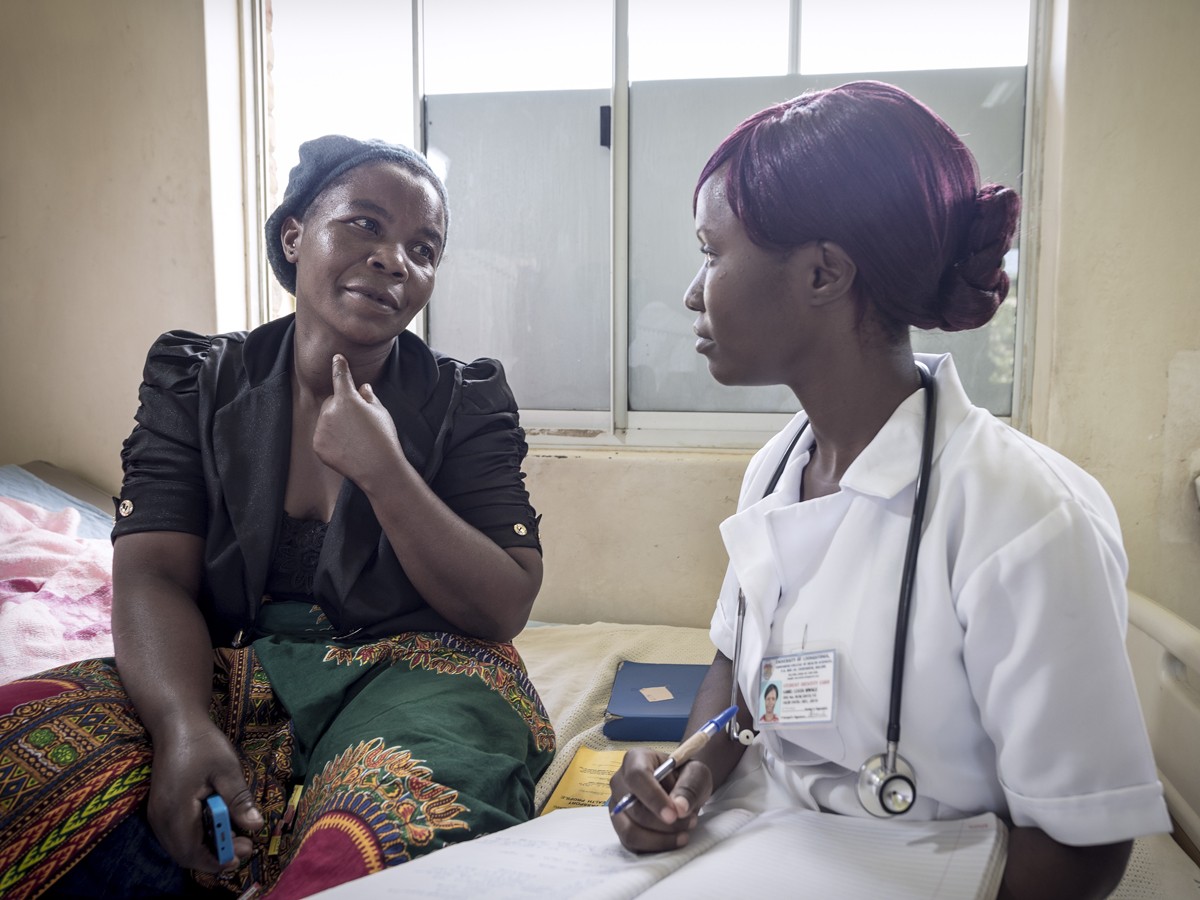Shiau S, Strehlau R, Shen J, Violari A, Patel F, Liberty A, Foca M, Wang S, Terry MB, Yin MT, Coovadia A, Abrams EJ, Arpadi SM, Kuhn L.
J Acquir Immune Defic Syndr. 2018 Aug 15;78(5):549-556. doi: 10.1097/QAI.0000000000001714.
BACKGROUND:
Data on accelerated aging in HIV-infected children are limited. In this study, we assess 2 biomarkers of aging-telomere length and DNA methylation (DNAm) age-in a cohort of early-treated HIV-infected children and compare these aging biomarkers with HIV-exposed uninfected (HEU) and HIV-unexposed uninfected (HUU) children.
SETTING:
Cross-sectional study of 120 HIV-infected, 33 HEU, and 25 HUU children enrolled in a cohort study in Johannesburg, South Africa. The mean age of children was 6.4 years at the time of measurement. HIV-infected children initiated ritonavir-boosted lopinavir-based antiretroviral therapy before 2 years of age and had been on continuous antiretroviral therapy until biomarker measurement.
METHODS:
Telomere length was determined using multiplex quantitative polymerase chain reaction. DNAm was measured using the Illumina 450K array and DNAm age was calculated as the acceleration residual from regressing DNAm age on chronological age.
RESULTS:
Telomere length (ln[Kb/genome]) was shorter in HIV-infected children compared with HUU children (4.14 ± 0.85 vs. 4.53 ± 0.79, P = 0.038) and in HEU children compared with HUU children (4.05 ± 0.74 vs. 4.53 ± 0.79, P = 0.023). Age acceleration residual based on DNAm levels was not different between HIV-infected (-0.003 ± 2.95), HEU (0.038 ± 2.39), and HUU (0.18 ± 2.49) children in unadjusted analysis and after adjustment for cell type proportions.
CONCLUSIONS:
Unlike reports of accelerated DNAm age in HIV-infected adults, there was no evidence of accelerated biological aging by DNAm levels in this cohort of early-treated HIV-infected children. By contrast, absolute telomere length was shorter in HIV-infected and HEU children compared with HUU children, but did not differ between HIV-infected and HEU children.









